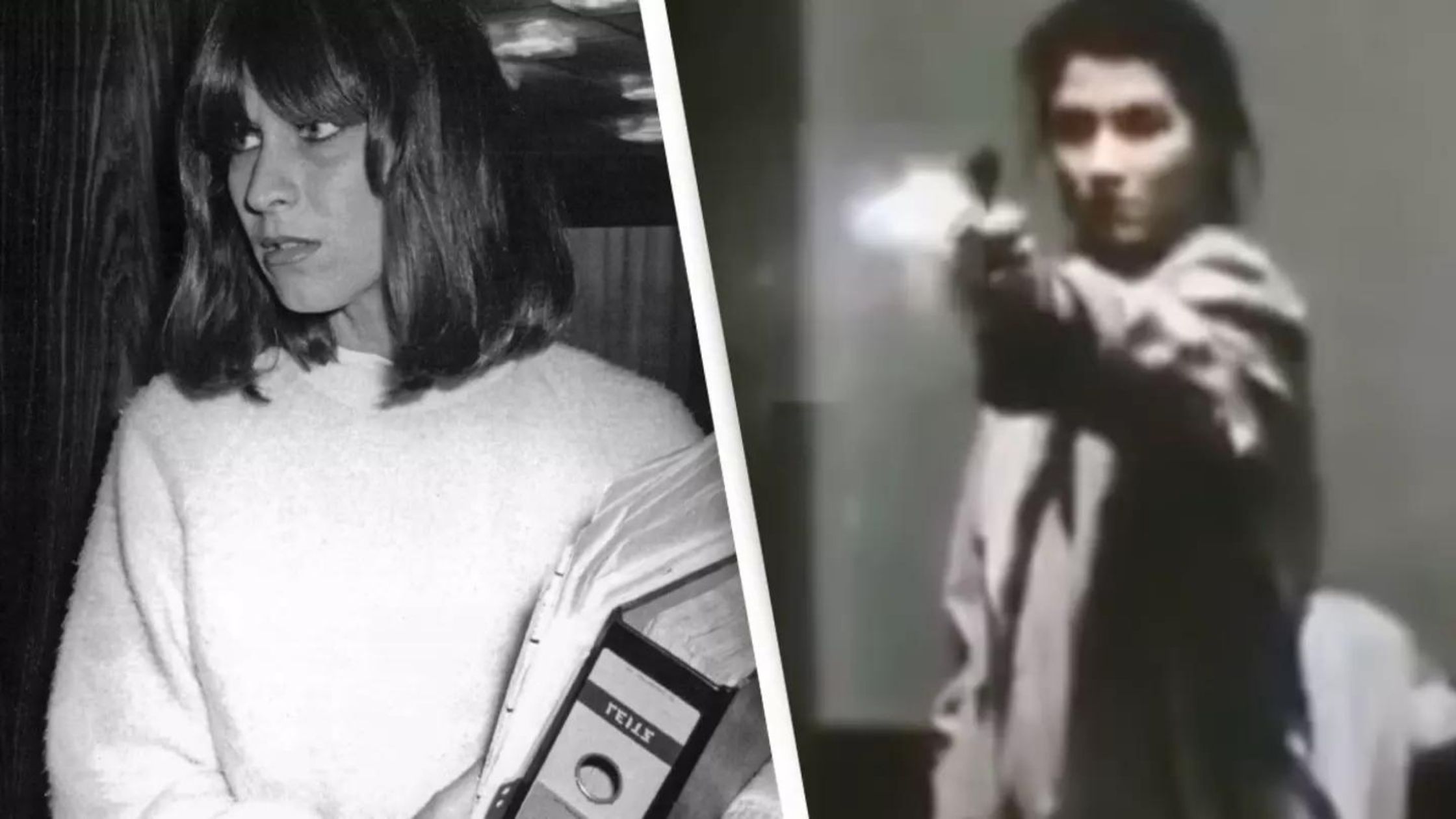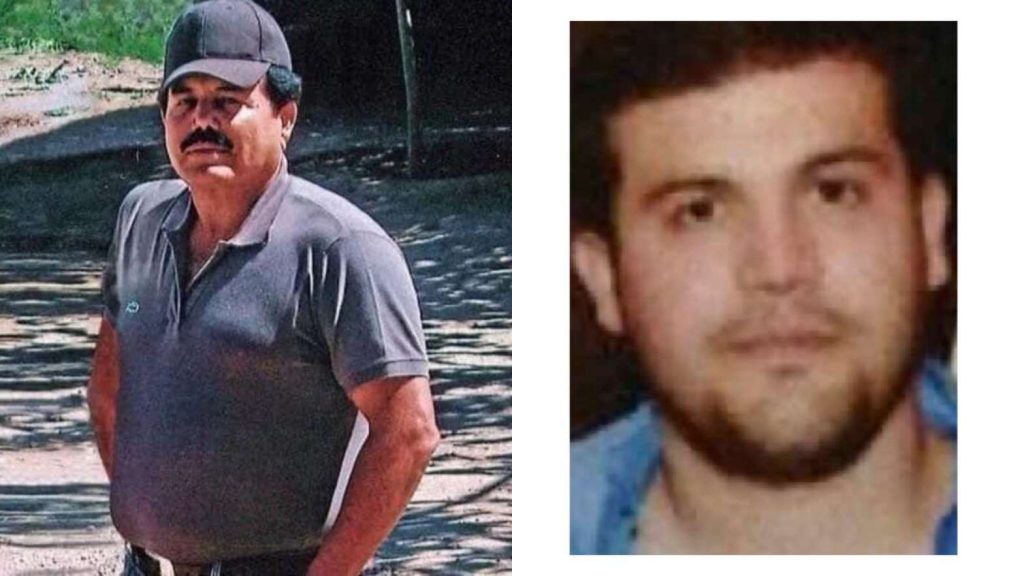
Marianne Bachmeier: She Killed Rapist and Murderer of her Daughter
A German courtroom saw terrible vigilantism on a spring day in 1981. Grieving mother Marianne Bachmeier took justice into her own hands, becoming a criminal legend. Years later, her tale of tragedy, fury, and revenge still captivates and provokes discussion. Marianne Bachmeier’s life and activities, including her dramatic choice and its impact, are examined in this article.
Table of Contents
Early Life and Tragedy
Queen of all mothers Marianne Bachmeier👑 pic.twitter.com/TAjZd9bCGM
— m. (@Rashmalaii) April 29, 2024
It was on June 3, 1950, in the city of Sarstedt, West Germany, that Marianne Bachmeier was born. There is not much information available about her early life; nevertheless, by the time she was in her thirties, she had become a single mother to twins named Anna and Peter, who were seven years old. The place of residence for the family was the attractive city of Lubeck, which is located in northern Germany. This location would later serve as the setting for a heinous murder.
The life of Anna Bachmeier was cut short in a manner that was both sudden and violent on May 5, 1980. Her corpse was found two days after she had been reported missing, and it was established that she had been raped and strangled. An assistant at a bakery named Klaus Grabowski, who was 35 years old at the time, was quickly recognized as the perpetrator. Grabowski had previously spent time for sexually abusing two young women.
Following the disclosure of Grabowski’s history, a wave of public anger ensued, with many people wondering how a predator of this kind could have been permitted to commit other offenses. In a short amount of time, the emphasis of this rage switched to the legal system, which many people regarded as having failed Anna. As time went on, this emotion would end up playing a big part in determining how the general public would react to the activities of Marianne Bachmeier.
Act of Vengeance
Grabowski’s trial for the murder of Anna began on March 6, 1981, in a courtroom located in Lubeck. A string of gunshots, on the other hand, came as a sudden and unexpected interruption to the proceedings. Marianne Bachmeier, armed with a Beretta handgun, had entered the courtroom and fired seven bullets at Grabowski, resulting in his instantaneous death in front of the startled judges, attorneys, and onlookers.
In an instance, Bachmeier went from being a mother who was weeping to being a figure of vigilante justice. The public, who believed that the justice system had failed to protect innocent children like Anna, responded strongly to her acts, despite the fact that they were quite severe. Many people saw her as a representation of the love that a mother has for her kid and her commitment to pursue justice for her.
Trial and Imprisonment
Her activities resulted in criminal charges being brought against Bachmeier, despite the fact that public opinion was split. At the time of her trial, she was charged with premeditated manslaughter, and the prosecution said that she had deliberately desired to exact retribution. Throughout the course of the trial, Bachmeier contended that her actions were motivated by sadness as well as a desire to stop Grabowski from causing damage to other children.
The verdict of manslaughter was handed down to Bachmeier at the conclusion of the trial. Given the deliberate nature of her conduct, the punishment that she received was six years in jail, which many people thought to be a light terms of imprisonment. On the other hand, she was freed on parole after serving just three years of her sentence, only to return to a community that was still struggling to come to terms with the consequences of her conduct.
Media and Public Perception
The allegations against Marianne Bachmeier received a significant amount of publicity in the media, both during and after the trials. However, Bachmeier’s choice to sell her tale to the German magazine Stern, which not only provided financial support for her legal defense but also increased the amount of public scrutiny she was subjected to, was a significant contributor to this situation.
This resulted in a mixed public view. Some people saw her as a heroic character, a mother who was pushed to extremes by a judicial system that had flaws. They believed that her acts were a justifiable reaction to the fact that the justice system had failed to sufficiently punish Grabowski for the horrible atrocities that he may have committed.
On the other hand, there were many who opposed her vigilantism, stating that her acts were detrimental to the rule of law and established a precedent that may be harmful. Discussions regarding the role of the media in sensationalizing crime and the possible impact that this may have on public conceptions of justice were raised as a result of the controversy that surrounded Bachmeier’s acts.
Life After Release
After Bachmeier was released from jail, she tried to live a more peaceful life; yet, her quest for seclusion often clashed with the public’s unwavering interest with her narrative. The choice that she made in 1985 to adopt a newborn girl from a prisoner was a manifestation of her continuing maternal feelings.
Bachmeier and her son Peter went to Libya in 1988 in order to get away from the unrelenting attention that the media was giving them in Germany. This brief exile, on the other hand, was not able to be maintained, and they finally went back to Lubeck, where she spent the rest of her life.
Legacy and Death
Marianne Bachmeier’s legacy is a complex one. Her actions, though driven by a mother’s grief and outrage, challenged the very foundations of the justice system. They raised questions about the limits of compassion and understanding when it comes to crimes of vengeance.
Bachmeier’s life after her release from prison was relatively brief. On September 17, 1996, she died of pancreatic cancer at the age of 46. She was buried next to her daughter Anna, the tragic loss that had set in motion a chain of events that would capture the world’s attention.
Conclusion
The case of Marianne Bachmeier remains a powerful reminder of the fragility of justice and the complexities of human emotion. It invites us to consider the boundaries of acceptable behavior in the pursuit of justice and the potential consequences when those boundaries are crossed.
While some may view Bachmeier as a symbol of maternal love and protection, her story also underscores the dangers of vigilantism and the importance of upholding the rule of law, even in the face of personal tragedy. Her legacy continues to provoke important conversations about justice, vengeance, and the role of the media in shaping public perceptions.
In the end, Marianne Bachmeier’s story is a tragic reminder that sometimes, even in the pursuit of justice, there are no clear-cut heroes or villains, only the enduring complexity of the human condition.
May 1, 2024

















